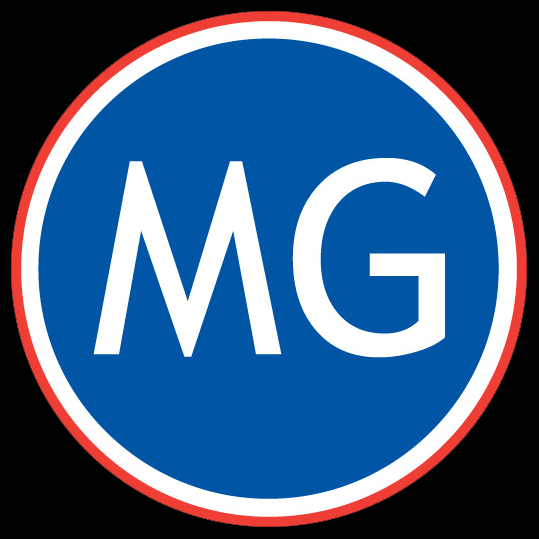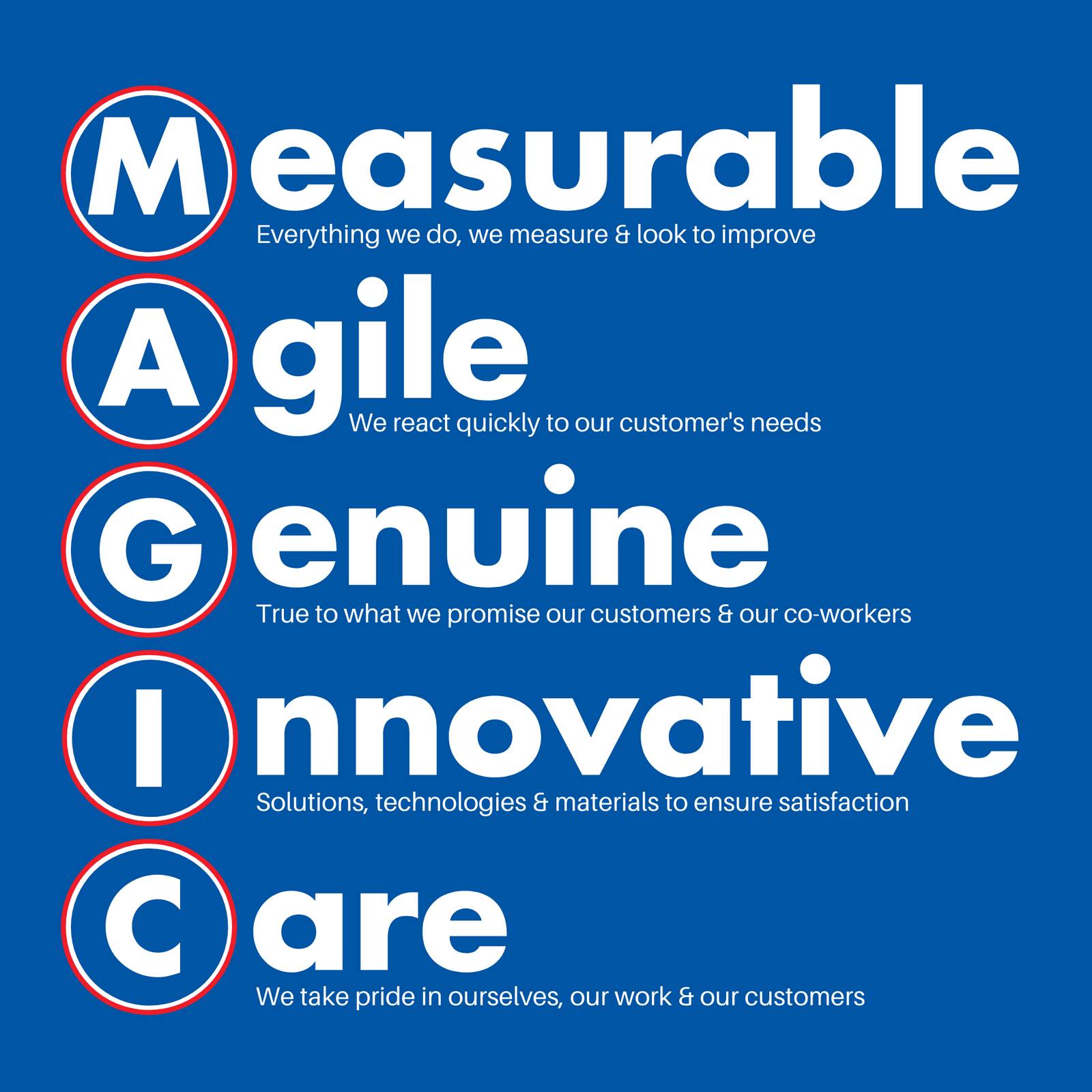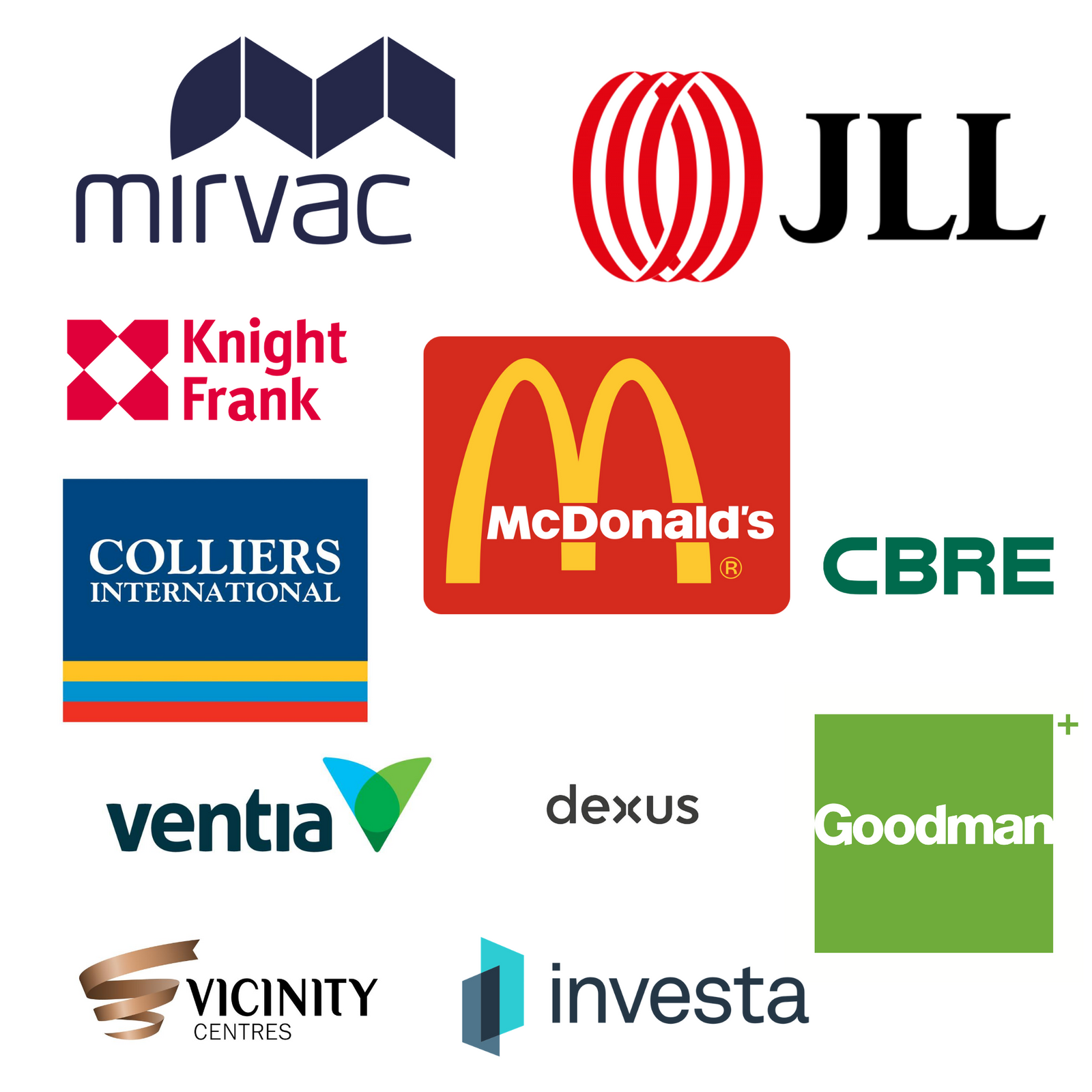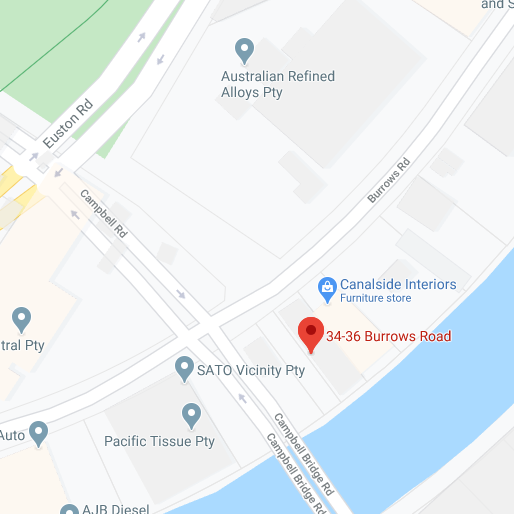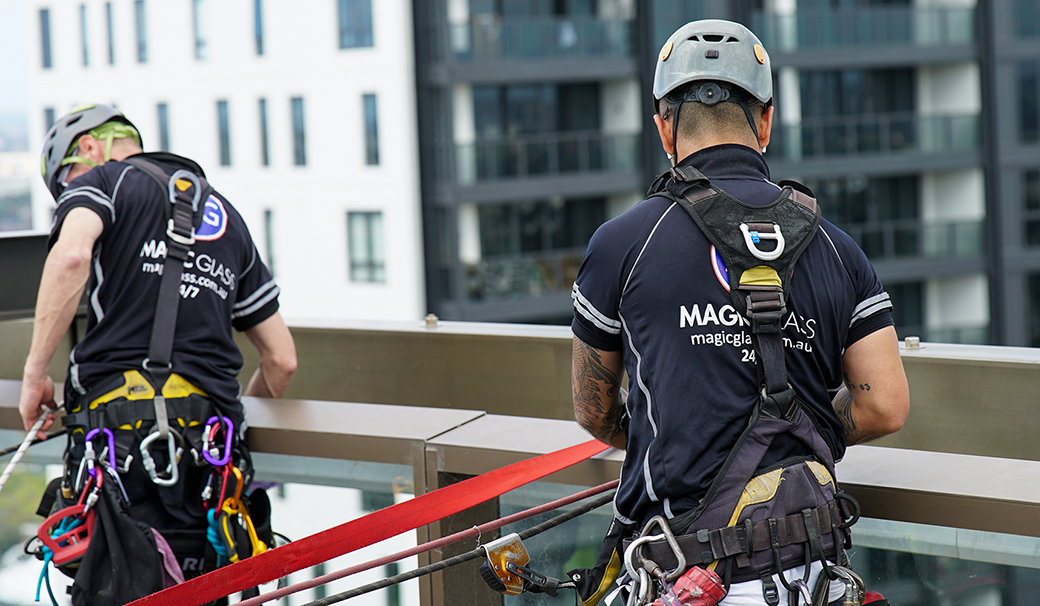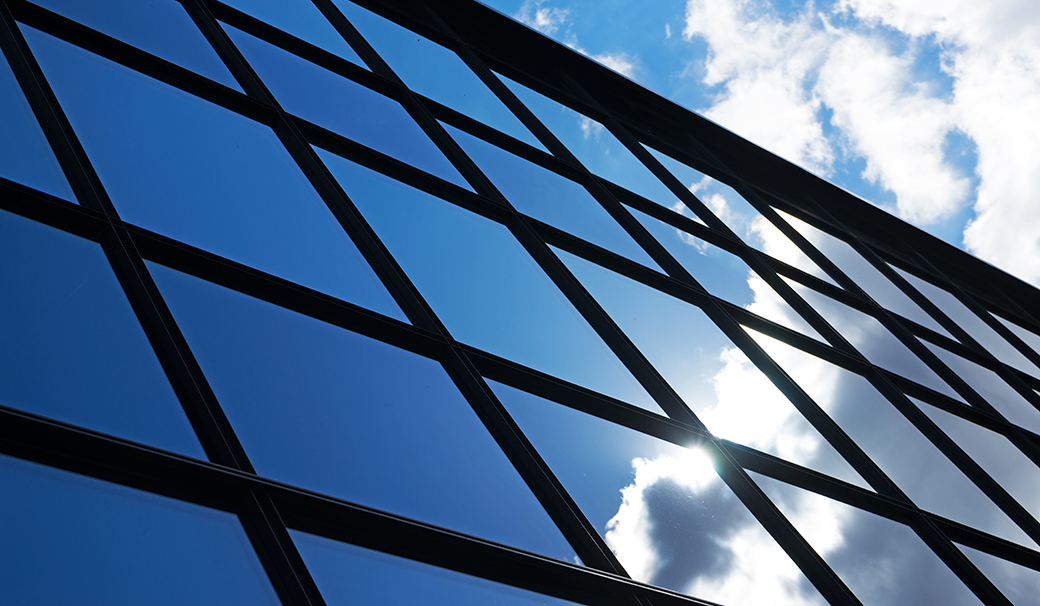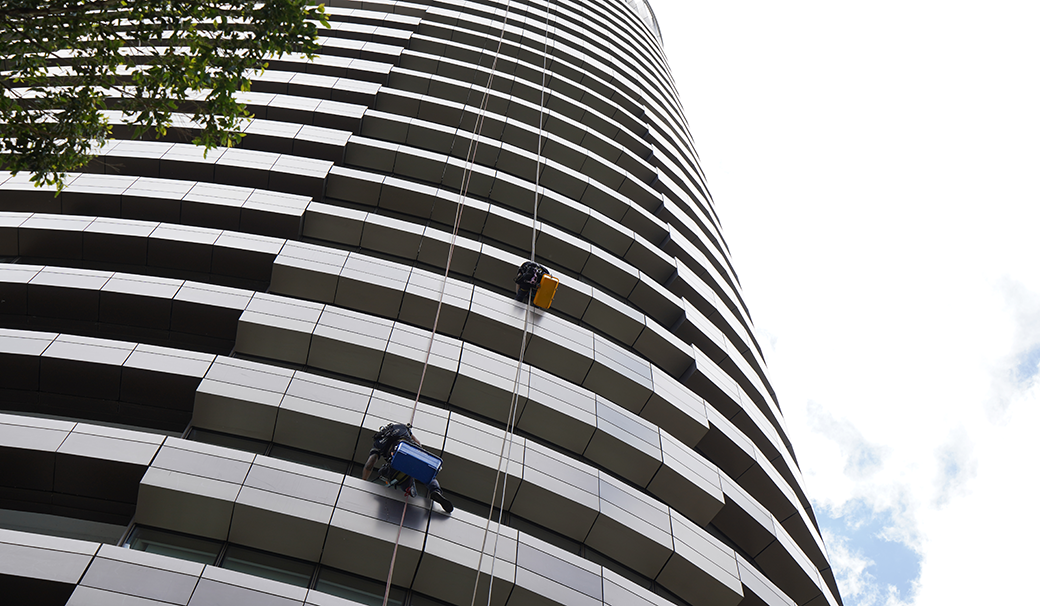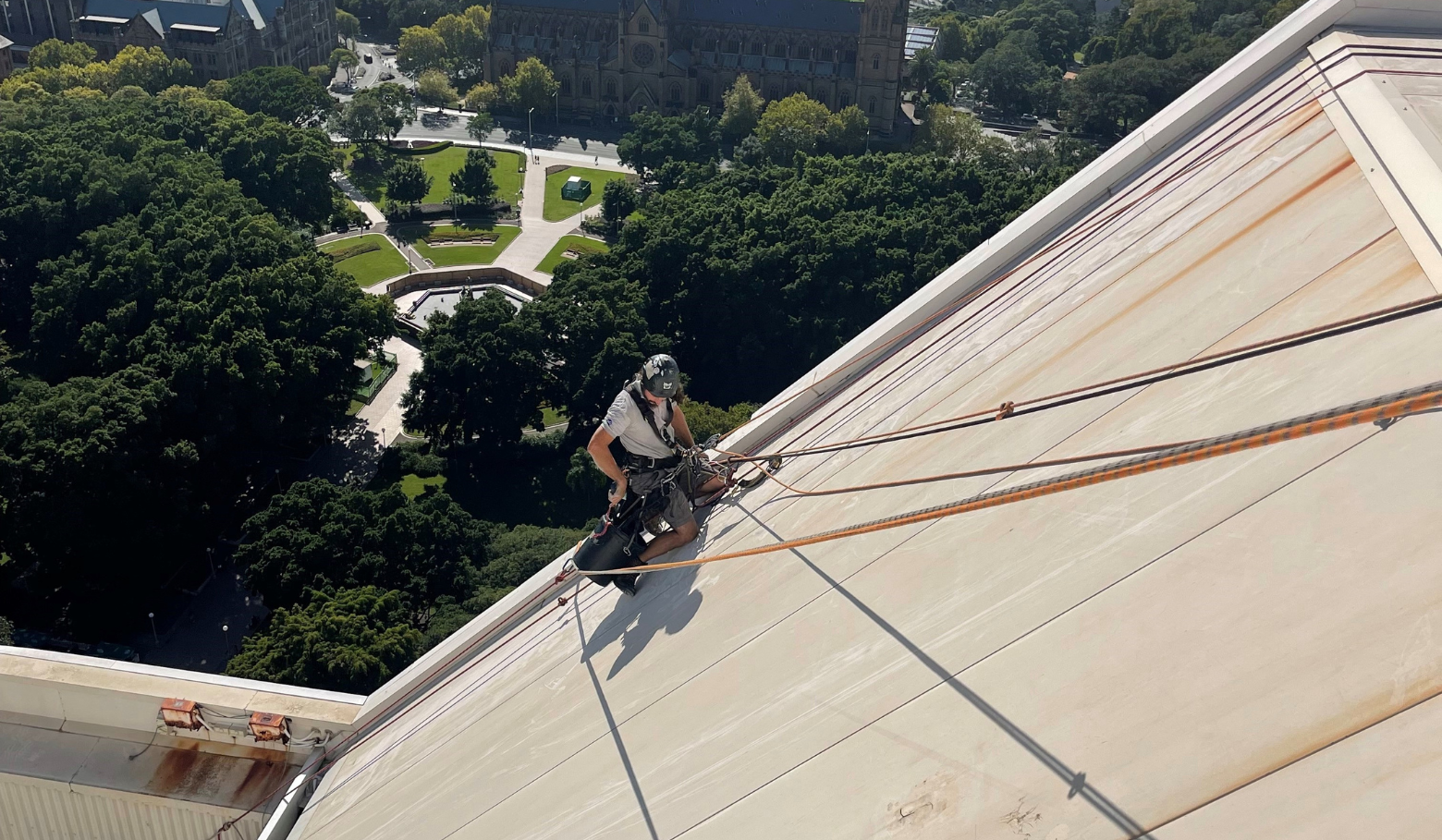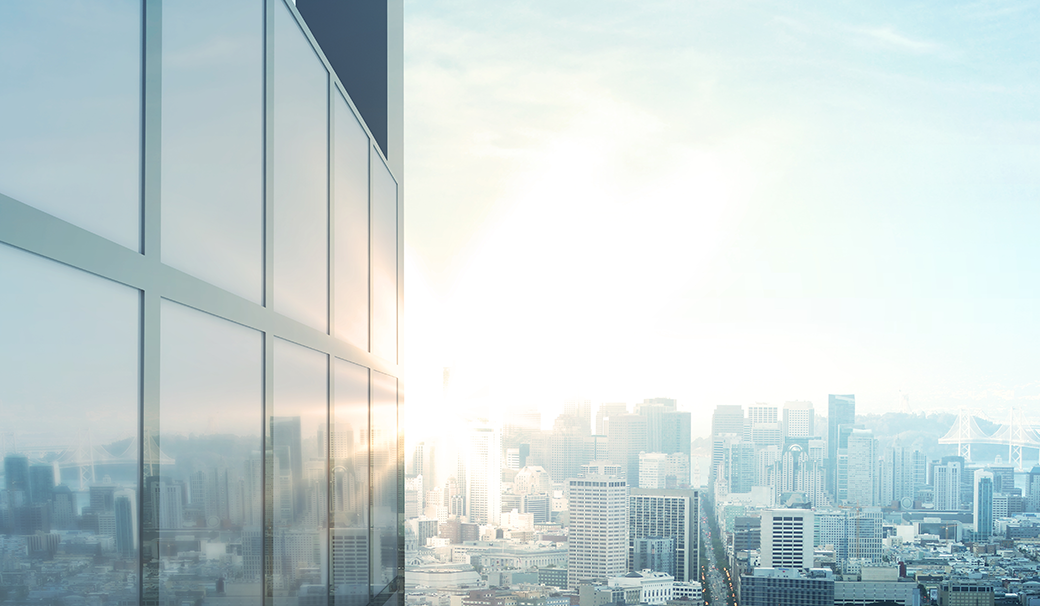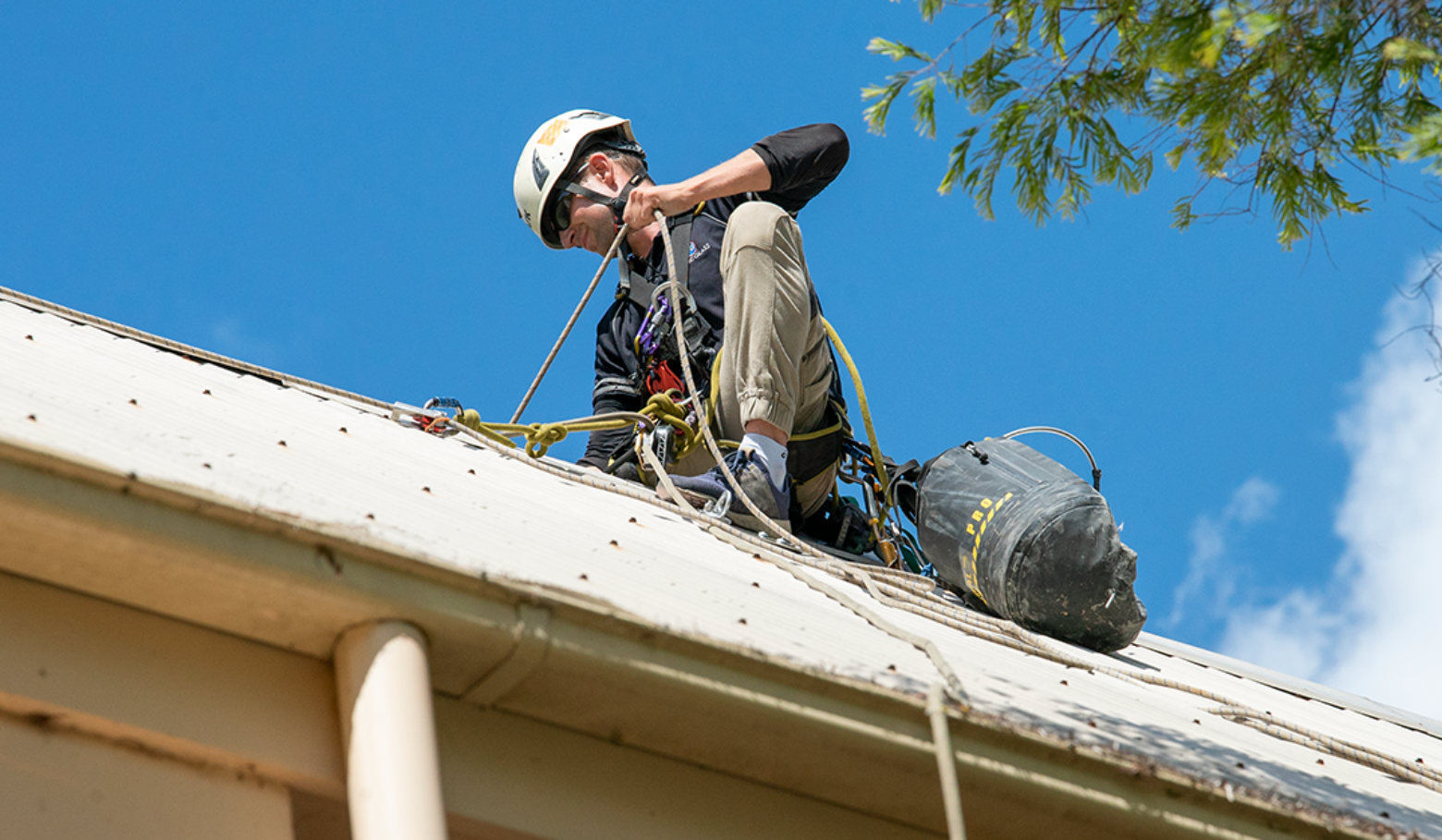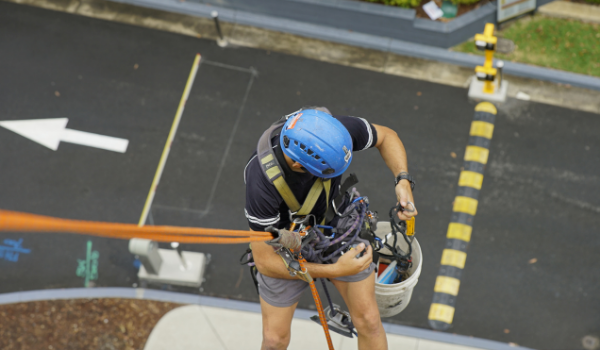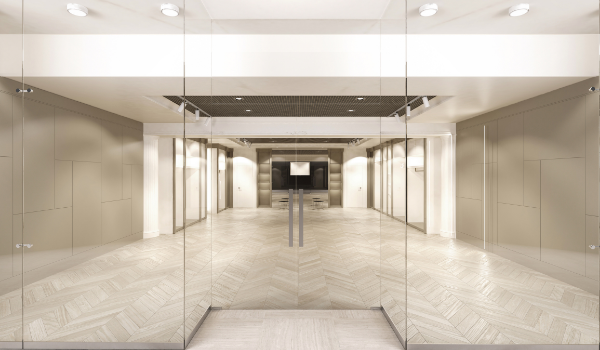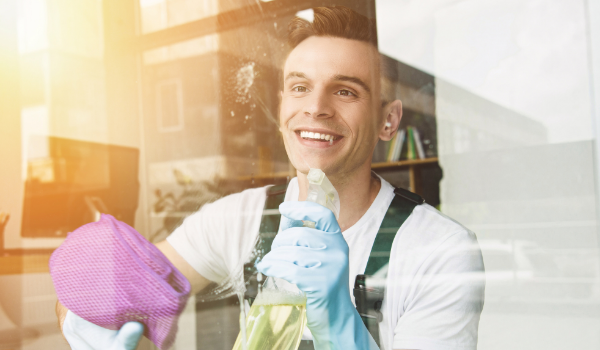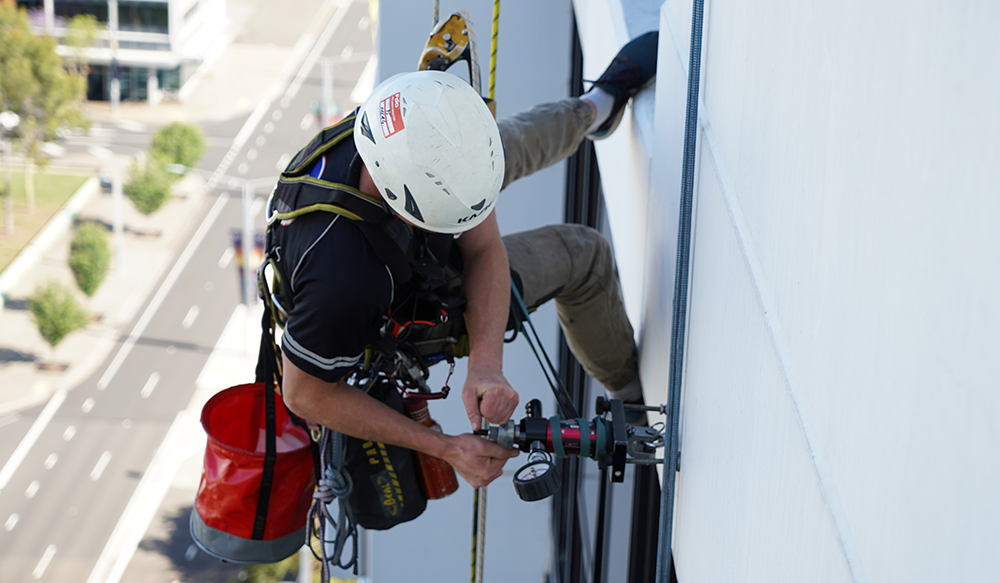Glass Blog
Rope access is a method used to reach high or difficult-to-access areas via a rope and harness system. It is commonly used to conduct a variety of work including glazing, cleaning, installation, restoration, repair, waterproofing, and painting.
What are the Benefits of Rope Access?
Rope access is the access method of choice for many building owners, property managers, strata managers, and facility managers. This is because it presents many benefits over alternative methods of access. Some of these benefits include:
- Efficiency: Rope access equipment can be assembled and disassembled very quickly. This reduces time requirements, allowing for a more efficient service.
- Safety: Rope Access Technicians must undergo extensive training in order to conduct rope access work.
- Versatility: Rope access allows workers to access areas that would not be accessible using other methods. It does not restrict mobility and can be used in an abundance of areas ranging from confined spaces to large-scale high-rise buildings.
- Environmentally Friendly: As rope access does not require the transportation of large, heavy equipment through the supply chain and on-site, it releases much fewer emissions than alternative access methods.
- Minimises Disruption: Compared to alternative height access methods, such as scaffolding, rope access has minimal disruption on a building and the building’s occupants.
If you require any work for your high-rise building or other hard-to-access structure, get in touch with Magic Glass. Our certified Rope Access Division offers a variety of services for both commercial and residential clients. These services include:
- External window and facade cleaning
- Height safety installation
- Make safe services
- Facade inspection and reporting
- Facade remedial repair
- Safety and debris netting
- Bird proofing and pest control
- Rust removal
- Facade painting and waterproofing
- Signage installation and removal
And more!
Contact Magic Glass for more information.
If you own or manage a high-rise building, it is your responsibility to make sure it is inspected thoroughly and regularly. This will ensure your building is safe for all inhabitants and passer-byers, and prevent the need for expensive restoration and repair work as a result of unnoticed and untreated structural maladies.
Failure to get your high-rise building inspected regularly can result in severe structural complications that can inflict injury, cause mortalities, and leave Building Managers and Owners liable for negligence.
Read on to learn more about what building inspections are and why they are important.
What are High-Rise Building Inspections?
A building inspection is a routine inspection of the property. It is carried out by an accredited professional to identify any existing or potential issues with the structural stability of the building. Most inspections will include an assessment of the building’s foundation and roofing, exterior walls and facade, and height safety installations.
Why Do High-Rise Buildings Need Regular Inspections?
High-rise buildings are particularly susceptible to safety breaches. Ensuring your building is inspected regularly will therefore give you the best chance of making sure your building is in compliance with all relevant safety regulations. It will also prevent the occurrence of catastrophic building defects that can be hazardous to residents, workers, and the general public alike.
In addition, regular high-rise inspections can help identify and treat any minor issues before they become serious. This can prevent any major disruptions and expenses associated with major structural repairs and restorations, and increase the value of your property.
How Often Should High-Rise Buildings Be Inspected?
How often your building should be inspected is dependent upon a number of factors such as its age and environment.
In order to get an accurate idea of how often you should be having your building inspected, we recommended you get in touch with the Magic Glass team. We’ll be able to advise you on when you should get your building inspected, as well as provide you with a free quote.
Our Magic Glass Rope Access Division can carry-out thorough external building inspections quickly and with minimal-disruption. We can also perform high-rise window and facade cleaning, height safety installations, remedial repair works, and facade painting and waterproofing services.
Contact us today for more information.
Rope access is a relatively new form of access method that more and more businesses are beginning to employ. Because it’s so new and often perceived as ‘scary’, many people have questions surrounding rope access and its uses.
Fortunately, Magic Glass is here to answer some frequently asked questions about rope access.
What is Rope Access?
Rope access is a form of work positioning that allows workers to access difficult - to - reach areas without the need of scaffolding or aerial work platforms . It involves the use of ropes and harnesses to support the worker as they complete the required job.
Why Use Rope Access?
There are a multitude of reasons why rope access is becoming more commonly used. These include:
- Increased safety
- Increased versatility
- Less disruption to the building
- Increased efficiency
- More cost - effective
What are the Applications of Rope Access?
Rope access is most commonly used in the construction industry. It can be used for:
- Structural inspections of buildings
- Height safety insta llations
- High - rise window and facade cleaning
- Concrete repair
- Painting and waterproofing
- Glass repair and replacement
- Signage installation and removal
Can Anyone Become a Rope Access Technician?
In order to become a Rope Access Technician you must undergo mandatory IRATA training to become certified.
Magic Glass Rope Access Division
Our Rope Access Division can offer a number of services such as:
- External window and facade cleaning
- Height safety installation
- Make safe services
- Facade inspection and reporting
- Facade remedial repair
- Safety and debris netting
- Bird proofing and pest control
- Rust removal
- Facade painting and waterproofing
- Signage installation and removal
And more!
To get a free quote on your rope access job, contact Magic Glass today.
When it comes to working at heights, implementing effective safety procedures is a must. Falls from heights are the second leading cause of work-related mortalities within Australia, so ensuring your building or worksite is secure and has preventative measures in place is critical.
The most common types of height safety systems are fall arrest and fall restraint systems. Although they are commonly used interchangeably, they have a number of key differences. Read on to find out more.
Fall Arrest Systems
Fall arrest systems are designed to protect workers in the event of a fall. When a worker falls, the arrest system will catch them, preventing the occurrence of injuries or deaths.
Fall arrest systems fall into two categories - personal and general. Personal fall arrest systems involve specific Height Safety PPE and attachment systems, such as harnesses and ropes. General fall arrest systems protect all workers as a whole rather than individually, such as safety nets and catch platforms. Both types of fall arrest systems should prevent workers from falling no more than two metres.
Examples of fall arrest systems include:
- Full-body harnesses
- Suspension belts
- Rope lanyards
- Safety nets
- Catch platforms
Fall Restraint Systems
Fall restraint systems are preventative safety measures. They are designed to prevent falls altogether, rather than catching workers after they have fallen.
Examples of fall restraint systems include:
- Guardrails
- Walkway systems
- Static restraint lines
These restraint systems are used for lower-risk situations, where falling is less likely or less hazardous.
Having effective fall protection systems in place is an absolute necessity in preventing workplace injuries and deaths.
If you’re unsure about your requirements or what fall protection equipment you should be using for your building or worksite, get in contact with Magic Glass for more information.
Proper maintenance of your building’s exterior is critical not only in terms of visual appeal, but also in terms of safety and functionality. Conducting facade inspections, cleaning and repairs can be a complex and time-consuming process, however. Fortunately, the use of rope access can make facade maintenance much more simple.
What is Rope Access?
Rope access involves the use of ropes and harnesses to traverse the exterior of buildings to conduct inspections, repairs, removals, installations, and cleaning services.
Due to strict training requirements and safety standards, rope access is considerably safer than alternative access methods such as the use of scaffolding and cranes.
Why is Rope Access Ideal for Facade Maintenance?
Aside from being the safest access method, rope access is also a faster, less-disruptive, and less-expensive method of carrying out facade maintenance work.
With little set-up and pack-up times, rope access drastically reduces the time it takes to carry-out facade work. This, in turn, cuts costs associated with labour and equipment and makes the process much more straight-forward.
In addition, the lack of scaffolds, platforms and cranes makes rope access a much more subtle process. This reduces disruption to your building and its inhabitants and won’t compromise your building’s visual appeal.
Rope access is also much more ideal for facade maintenance as it provides workers with greater mobility and flexibility to move around the building. This allows them to reach more difficult-to-access areas with very little restriction from equipment.
If you’re wanting to make the change to rope access, get in contact with the Magic Glass team today. Our dedicated Rope Access Division offers an abundance of services that will keep your building’s facade clean, safe and functional.
- Anchor Point Installation
- Building Maintenance
- Commercial Glass Replacement
- Commercial Glass Services
- Commercial Glazier
- Commercial Glazing
- Facade Cleaning
- Facade Maintenance
- Facade Services
- Glass Maintenance
- Glass Services
- Glazing Services
- Hi-Rise Glass
- High Rise Glass Services
- Magic Glass
- Rope Access
- Window Cleaning
When it comes to Rope Access, an acronym that is frequently thrown around is IRATA. If you’ve heard this acronym but are unsure as to what exactly it means, this article is for you.
What is IRATA?
IRATA stands for the Industrial Rope Access Trade Association. This association was established in the United Kingdom in the 1980s as a means for providing a safe working environment in the oil and gas industry.
As these industries began to employ a number of industrial rope access techniques, it was recognised that ensuring these practices were safe was an important factor in maximising workplace health and safety. From this, IRATA developed their own rope access technique that emphasised safety and could be used in a range of repair, maintenance, inspection, and access work.
IRATA is now recognised as the world’s leading authority on industrial rope access. It has over 570 member companies globally and has trained roughly 130,000 Rope Access Technicians from a multitude of different countries.
IRATA directs and regulates the training of all Rope Access Technicians seeking IRATA qualifications and certifications.
What Does IRATA Do?
IRATA’s main activities include:
- Regulating the IRATA system as used by their members.
- Reviewing and updating policies and procedures relating to standards, audit, and assessment.
- Promoting and maintaining a high standard of industrial rope access activities in terms of safety and quality.
- Providing guidance and training of personnel involved in industrial rope access.
- Producing publications and guidance on safety, good working practices, training, and other related topics.
- Preparing submissions and providing opinions and advice to global government departments and organisations surrounding work at-heights, health and safety, and training.
- Ensuring safe rope access training and work procedures are introduced and developed.
- Supporting members with enquiries.
- Organising annual events for the rope access community.
What are the Objectives of IRATA?
The main aims of IRATA are as follows:
- To promote and maintain high standards in safety and work quality of practices in the industrial rope access industry.
- To improve the practices of individuals working in rope access.
- To promote continuous improvement in the education and training aspects of rope access.
- To increase awareness surrounding the advantages of rope access over alternative access methods.
IRATA plays a paramount role in promoting and encouraging safe rope access practices around the world. They offer thorough training and certification programs for Rope Access Technicians to ensure they maintain a high standard of safety and quality when carrying out work at-heights.
At Magic Glass, all our Rope Access Technicians are IRATA trained and certified. This ensures all our practices are of the highest safety standards, and all our work is of the best possible quality.
For any repair, maintenance, and installation requirements at-heights or in hard-to-access areas, get in contact with the Magic Glass Rope Access Division now!
